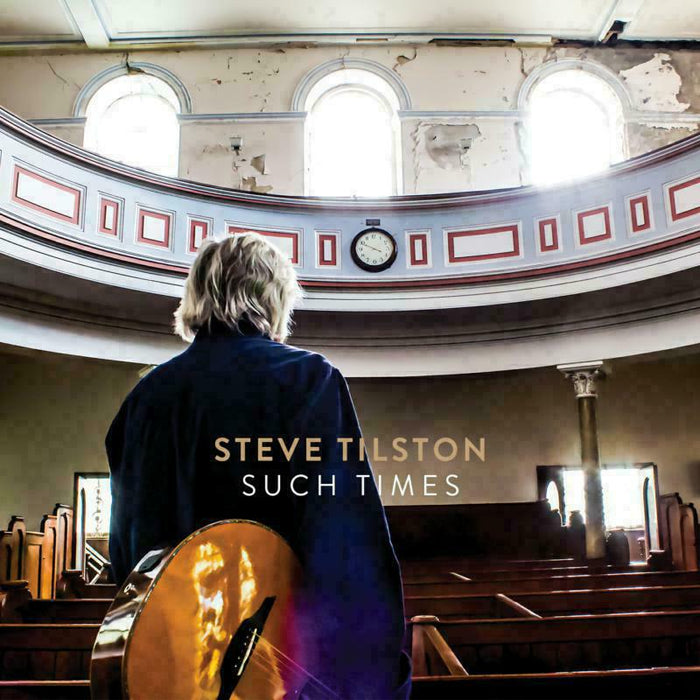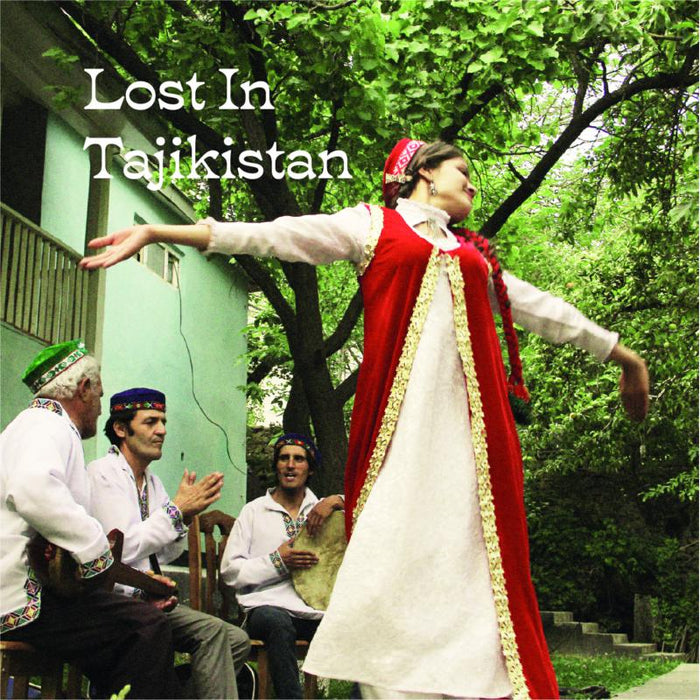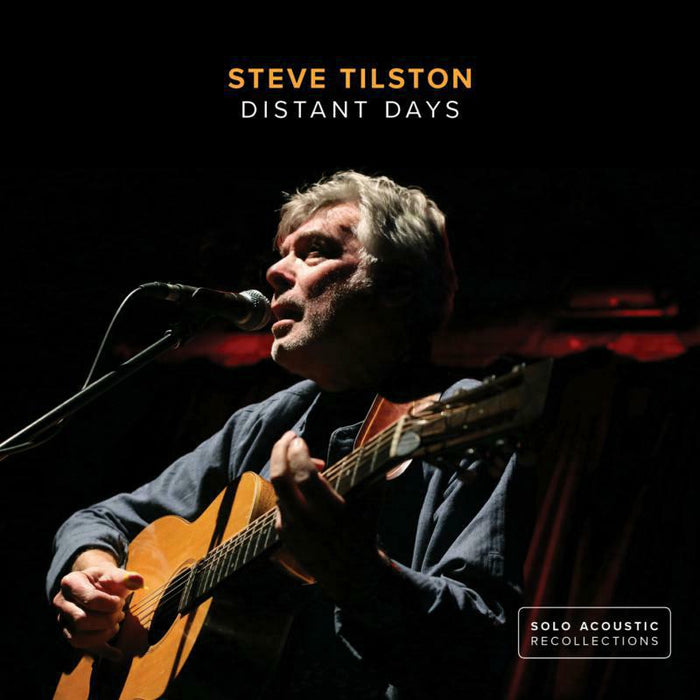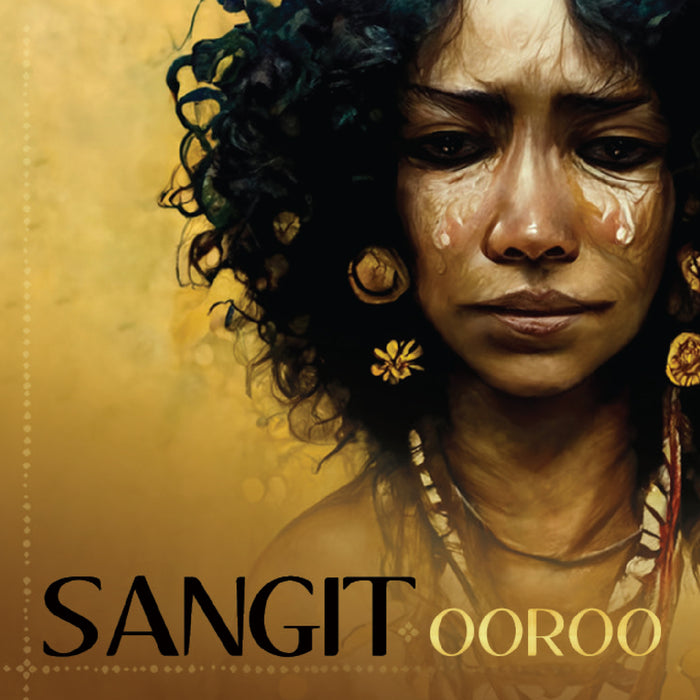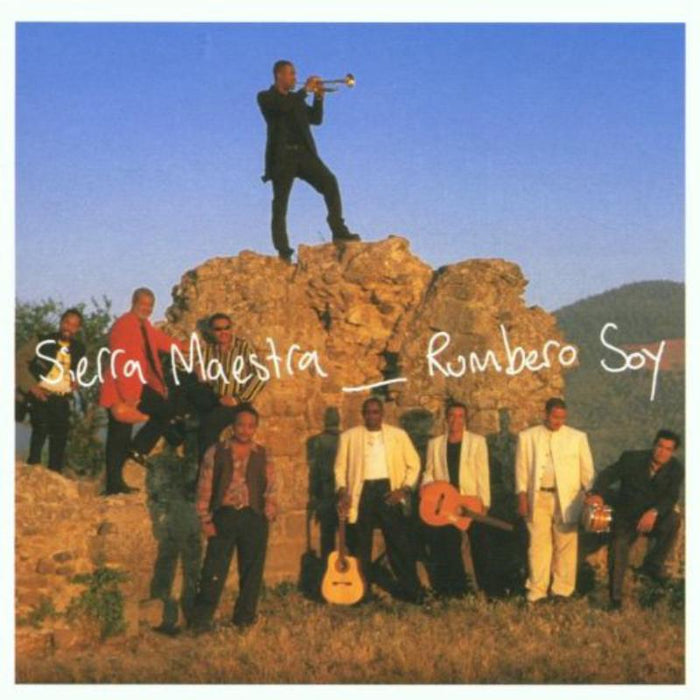Description
Fast and furious, fingers flying with a fiery panache, Söndörg are a band with pedigree. Listening to the band play, you soon hear it's nothing like traditional violin-led Hungarian music. Söndörg's sound is light, springy and delicately plucked. Their signature instrument is the tambura, a mandolin-like instrument, probably of Turkish origin, used by the South Slav (Serbian and Croatian) communities in Hungary. Most of these people fled the expansion of the Ottoman Empire into the Balkans in the sixteenth century and moved north into Hungary along the river Danube. Most of the South Slav settlements are next to the river in towns like Mohács, Ráckeve, Pomaz - and Szentendre, where the Söndörg boys grew up.
The band is made up of three brothers, �ron, Benjamin and Salamon Eredics, plus cousin Dávid Eredics and Attila Buzás, the only non-family member, on bass tambura. Although the family name is probably Croatian, the ethnic background is totally mixed, with South Slav, Austrian, Ukrainian and Jewish blood in the family, which shows how absurd it is to think of ethnic borders in the region.
Tamburocket is Söndörg's second international release and features tunes collected by the composer Béla Bartók (1881-1945) and the leading Hungarian ethnographer of South Slav music Tihamér Vujicsics (1929-1975).
Bartók gathered tunes in what is now Serbia, but was then the Austro-Hungarian Empire before the First World War. The tracks featured here include the dance tune 'Drago Kolo', played as a duet by Ã�ron on prÃmtambura (lead tambura) and Salamon on flute; and 'Srpski Madjarik', arranged for the basszprÃmtambura (alto tambura) and cello tambura.
The two melodies from Tihamér Vujicsics were both collected by the Drava river, a tributary of the Danube, which marks much of the border between Hungary and Croatia. The opening 'Jozo' is a nonsensical love song, with the original Croatian bagpipe part transferred onto the samica, a small, home-made tambura. The closing 'Kolovodja' is a dance song for a kolo ring dance, the most popular folkdance of the South Slavs.
'Marice' is a popular Croatian song named after a girl that all the guys lust after, but can't get. Söndörg's arrangement really brings out the different contrapuntal layers of the group and displays some really virtuoso playing. 'Evo Srcu' features two slower Serbian melodies from Vojvodina, the northern region of Serbia where tambura bands are still hugely popular.
But as well as reviving the traditional Serbian and Croatian tunes, Söndörg are also exploring and reworking music from deeper in the Balkans, with Macedonian, Bulgarian and Turkish influences. 'Hulusination' is based on a Macedonian dance tune, but Söndörg have brought in a sort of Chinese snake-charmer's pipe called the hulusi (hence the punning title), plus other wind and percussion to create a powerful trance-like track. The raucous sound returns in 'Hulusi', a Macedonian tune named after the instrument which is reminiscent of the collaborations Söndörg have done with the great Gypsy sax player Ferus Mustafov.
What Söndörg combine brilliantly is a respect for the traditions, a desire to innovate and a fizzing virtuosity. They are currently one of the most exciting bands in Europe.





